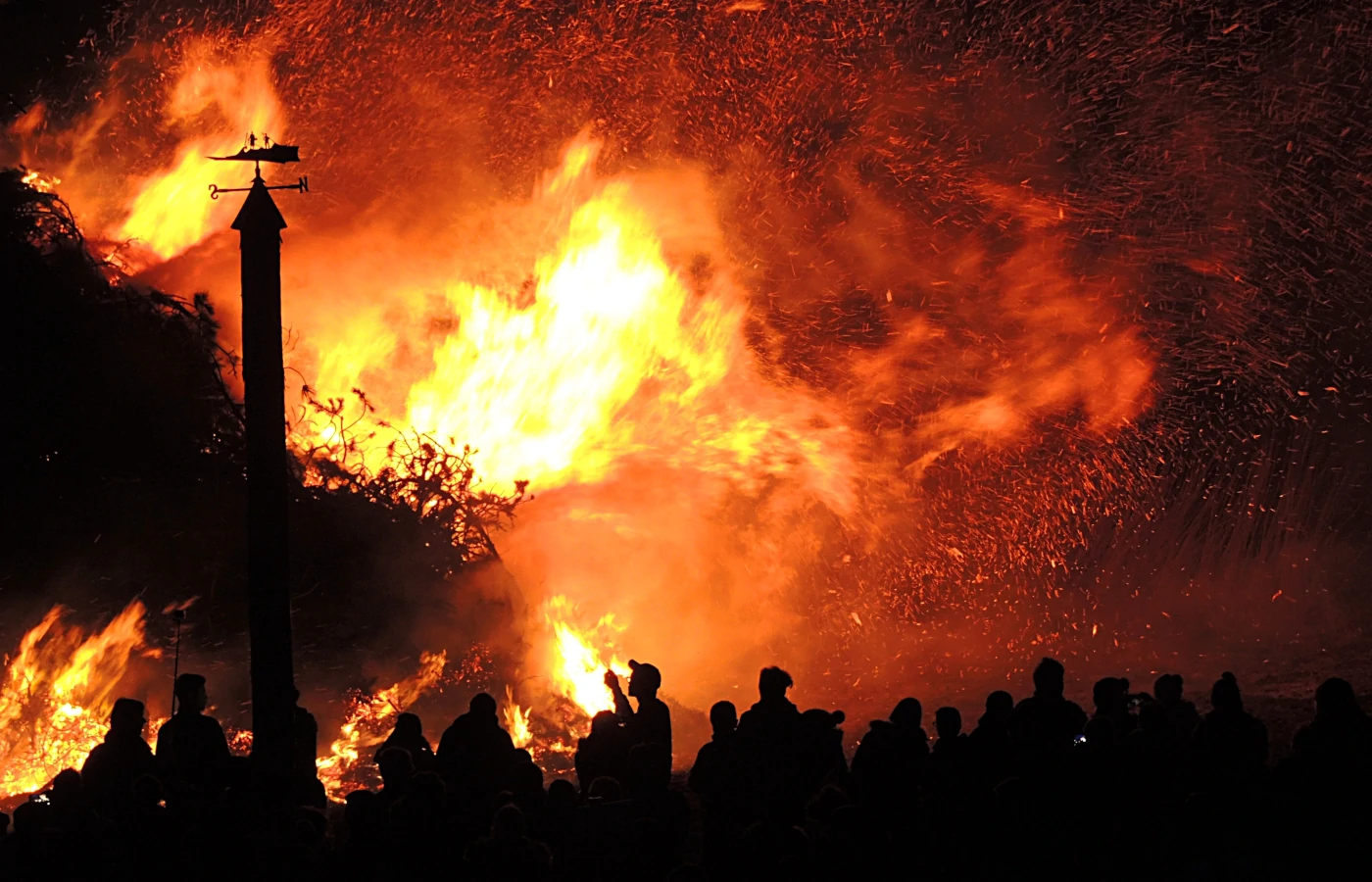When the raging inferno of a forest fire tears through the landscape, it leaves a trail of destruction in its wake. Among the casualties is often our critical electrical infrastructure. In this article, we’re taking a deep dive into how forest fires disrupt electricity. From the direct assault of flames to the subtle menace of smoke and particulates.
Understanding these mechanisms is not just academic; it’s essential for communities, power companies, and policymakers to forge strategies that safeguard our power supplies against the ravages of forest fires.
Engulfed in Flames: Direct Damage to Power Lines
A primary way how forest fires disrupt electricity is through direct damage to power lines and infrastructure. When a forest fire sweeps through an area, the intense heat and flames can severely damage power poles, lines, and transformers. Wooden poles char and collapse, while metal components can melt or warp. Additionally, the insulators can be compromised, leading to a higher risk of short circuits. The end result is a significant interruption in the supply of electricity in areas affected by forest fires.
Smoke and Particulates: An Invisible Threat
Another aspect to consider in how forest fires disrupt electricity is the impact of smoke and airborne particulates. As a fire burns, it releases large amounts of smoke and ash into the atmosphere. These particulates can become ionized and, in certain conditions, create a pathway for electricity to arc. This phenomenon, known as a “smoke-induced flashover,” can cause power lines to short circuit. Moreover, the smoke can impede visibility for maintenance crews trying to assess and repair damage.
Firefighting Efforts: Controlled Shutdowns
Forest fires demand extensive firefighting efforts, and in some cases, this can affect power infrastructure. To ensure the safety of firefighters and prevent the exacerbation of fires through electrical sparks, power companies may need to shut down power lines intentionally. These controlled shutdowns are a necessary step in fighting forest fires but can leave communities without power. Moreover, aerial firefighting efforts, such as water and retardant drops, require careful maneuvering around power lines, which can be compromised during the firefighting efforts.
The Road to Recovery: Rebuilding and Restoration
After a forest fire is contained, the focus shifts to rebuilding and restoring electricity. This process can be arduous and time-consuming. The extent of damage to power infrastructure can be widespread. Moreover, accessing affected areas may be challenging due to debris and ongoing hazards. Power companies need to assess the damage, clear debris, and rebuild power lines and substations. During this time, affected communities may face extended periods without electricity, which underscores the importance of emergency preparedness and having backup power sources.
Conclusion
Understanding how forest fires disrupt electricity is crucial for communities located in fire-prone areas. The direct damage from flames, the invisible threat of smoke and particulates, and the necessity of controlled shutdowns during firefighting efforts all contribute to power outages.
As forest fires become an increasingly prevalent issue due to climate change, safeguarding power infrastructure and preparing communities for the inevitable disruptions becomes paramount. Through effective planning, innovation in fire-resistant materials, and community education, we can work towards minimizing the impact of forest fires on our electrical infrastructure and daily lives.
Buy your own generator at Generator.pw shop.

There are no comments yet.